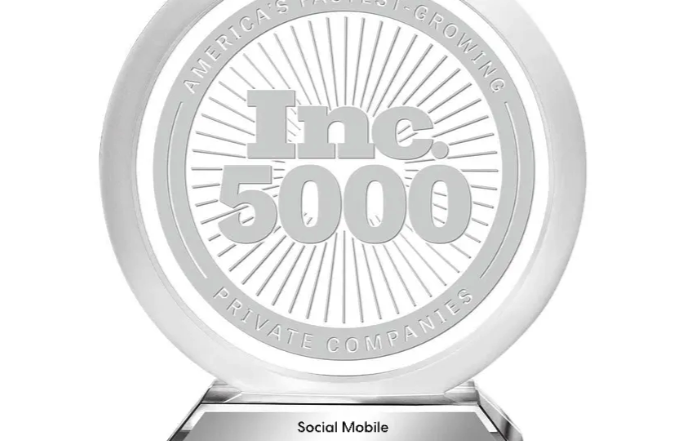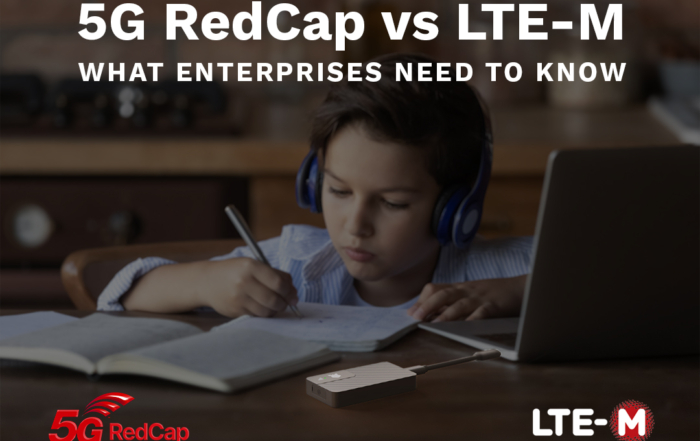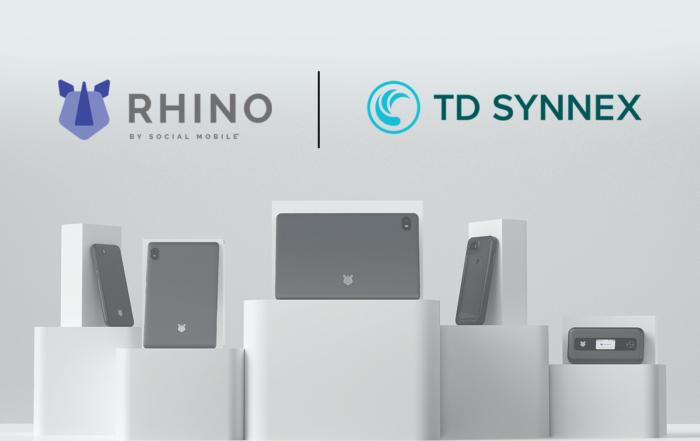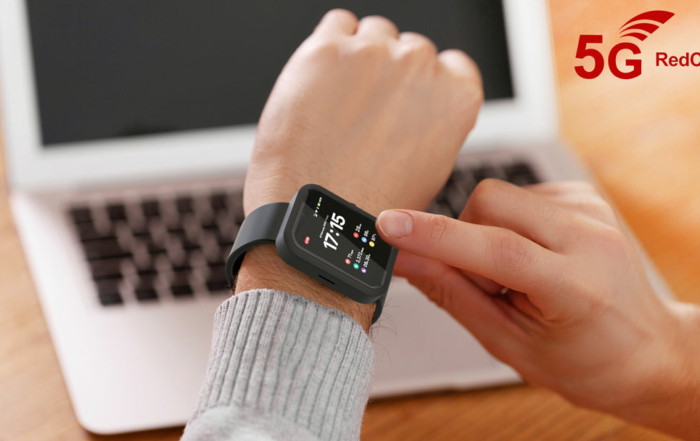Total Cost of Ownership: A Close Look at all TCO Factors for Enterprise Mobility Solutions
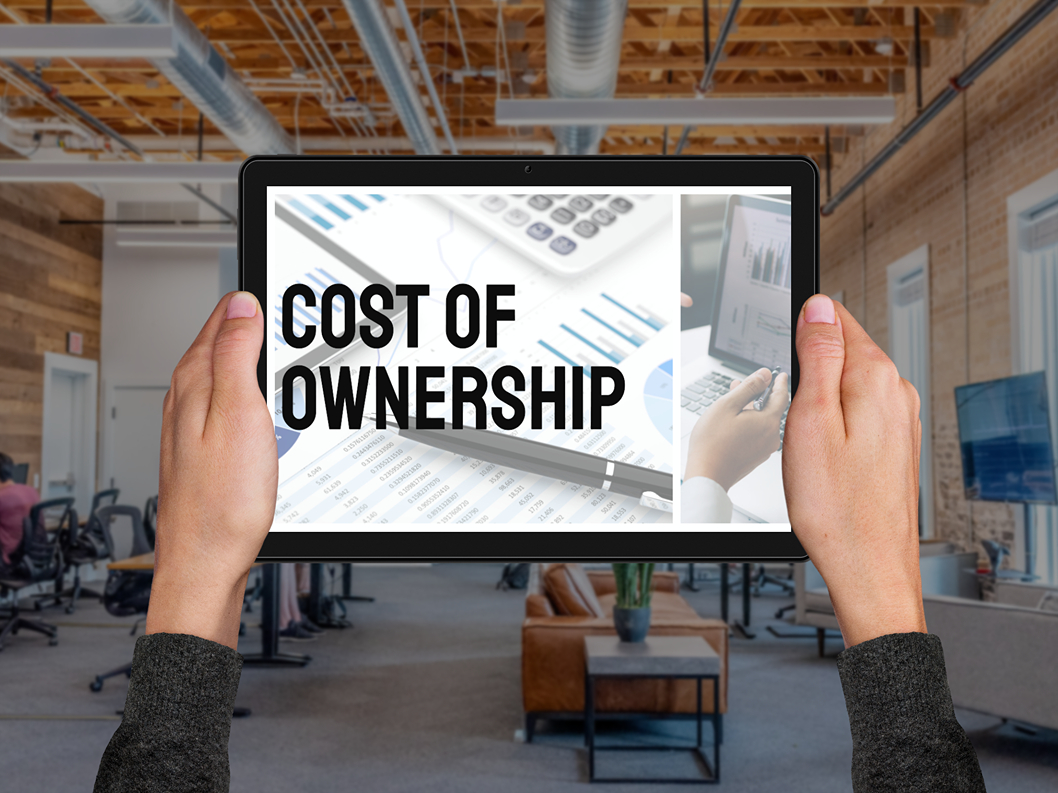
The Total Cost of Ownership (TCO) is a critical factor that businesses must consider when evaluating technology investments, especially in the realm of enterprise mobility. TCO refers to the evaluation of all costs associated with deploying, managing, and supporting a solution throughout its entire lifecycle, including both direct and indirect expenses. Understanding the TCO of a mobility solution is essential for businesses to make informed decisions and maximize savings in the long-term.
In this article, we’ll look at:
- Benefits of TCO analysis for enterprises
- Hardware costs
- Device management
- Staging and kitting
- Packaging and shipping
- The Cost of Downtime
- IT repair
- Employee downtime
- Product lifecycle and refresh cycles
- Consumer vs. enterprise-grade devices
- Social Mobile case studies
TCO for Enterprise Mobility
Enterprises purchase mobile devices for a multitude of reasons, whether to empower their front-line workers with mobile point-of-sale terminals, offer customers self-serve kiosks, or use tablets to manage food delivery orders.
A full mobility solution adds the deployment, management, and support services associated with the device over its entire lifespan, which is typically 3 to 5 years.
TCO incorporates not only the upfront costs of purchasing the mobile device itself, but all the costs associated with every aspect of the mobility solution. It also includes the costs associated with employee downtime, productivity losses, and revenue losses caused by device failure.
Benefits of TCO Analysis for Enterprises
Conducting a TCO analysis is crucial for enterprises, as it provides a holistic view of the true cost of adopting a particular mobility solution. It helps decision-makers evaluate the financial feasibility and long-term sustainability of the solution.
By considering all direct and indirect expenses, businesses can make informed decisions about investing in a mobility solution that aligns with their budget, operational needs, and strategic objectives.
Let’s take a closer look at the different components that contribute to the TCO of a mobile device.

Hardware Costs
The purchase price of the device is the main hardware cost when calculating TCO; however, other hardware costs can include accessories such as cases, screen protectors, or mounts.
A tablet being used by a restaurant server may need a case that integrates a special credit card payment terminal where both devices can be charged simultaneously. The very same tablet could also be used in a warehouse and attached to a forklift, requiring a rugged case and vehicle mount. This is a good example of how the same device (in this case, a tablet) needs different accessories depending on the use case.
Ultimately, it comes down to the specific use case for the device and adding up the cost of everything needed to meet the requirements.

Device Management
Every Enterprise Mobility Management (EMM) solution comes with a licensing fee, typically charged on a monthly basis per device that is managed within the organization’s IT infrastructure. IT administrators can leverage an EMM platform to push security updates, define usage policies, remotely troubleshoot devices, and perform other key tasks. EMM also includes security features such as remote lock/wipe, encryption, and threat detection for safeguarding sensitive data.
As a result, implementing a robust EMM strategy enhances device performance, security, and lifespan, leading to improved TCO.

Staging and Kitting
Staging and kitting costs can add up in a mobility solution; this includes preparing mobile devices for use in an organization by configuring settings, apps, and accessories, enrolling in an EMM platform, and providing training to end users. Staging focuses on setting up devices with the necessary configurations and apps, while kitting involves assembling devices with relevant accessories.
Traditionally, staging and kitting are done at a third-party company, where devices are shipped from the point of manufacturing to be unpacked, have inserts added, and be customized for each client. However, these further steps can result in increased costs, including shipping costs and labor costs associated with handling and customization.
At Social Mobile, we have a solution to minimize staging and kitting costs for our clients. We offer the option to do these tasks at the point of manufacture, eliminating the need for additional shipping and handling. Our expert team can configure devices, add accessories, connect peripherals, enroll devices in your EMM platform, and provide training and support to end users, all before the devices even leave the manufacturing facility. This streamlined approach not only reduces costs associated with shipping and handling but also ensures a faster turnaround time. By leveraging our expertise in staging and kitting at the point of manufacture, we can help our clients achieve significant cost savings in their enterprise mobility solution.

Packaging and Shipping
Packaging and shipping costs are also important to consider. When buying a consumer-grade device, it typically comes in its own packaging from the manufacturer.
Any accessories have to be bundled and shipped along with the device, which means that a separate box to contain all the items has to be purchased and prepared for shipment. We’ve all seen these cartons filled with packing fillers like air bubbles.
Now consider the larger size and weight of the shipment and multiply that by the number of devices being delivered to each end user, and it starts to add up.
The Cost of Downtime
In enterprise mobility, downtime is when a device is unable to perform its given function due to any number of reasons. This could be something as simple as a broken screen or perhaps a loss of connectivity to a network. Whatever the reason, downtown results in decreased productivity and disrupted business operations.
In the case of connectivity issues, layering cellular connectivity on all devices can ensure uninterrupted access to critical applications and data, even in areas with limited or unstable Wi-Fi coverage. The cost of a cellular module and a cellular plan is often negligible, and it is a good insurance policy against the higher cost of downtime, productivity loss, and revenue loss.

Device Repair
Device repair costs can encompass expenses for hardware components, screens, batteries, and other parts, as well as shipping and repair fees if outsourced to a third party. Timely and comprehensive device repair management helps minimize interruptions and extend device lifespans, resulting in efficient operations.
As a leading provider of enterprise mobility solutions, Social Mobile understands the importance of device repair. We offer services such as spare pool management, overnight replacement, inoperable device triage and inspection, in-warranty management with OEMs, secure data wipe, and tiered repair pricing. These services ensure that our clients can rely on their devices to operate efficiently and optimize their overall TCO.
IT Support
IT support is necessary when considering the resources required for managing and supporting the mobility solution. This includes IT staff, help desk support, and software updates. Adequate IT support is crucial for ensuring smooth operations, troubleshooting and resolving technical issues, and maintaining optimal device performance, application configuration, and connectivity.
Comprehensive IT support goes beyond day-to-day operations and covers device lifecycle management. This proactive approach minimizes the risk of costly mistakes, extends the lifespan of devices, and ensures optimal device performance.
Employee Downtime
Employee downtime can occur when devices are not functioning optimally, applications fail to work, or technical issues disrupt the workflow. This can result in lost productivity, missed deadlines, and decreased customer satisfaction, ultimately leading to increased IT support costs.
To mitigate the impact of employee downtime on overall productivity, it’s essential to take measures to minimize disruptions. This includes providing adequate training and support to end users, ensuring they are proficient in using the devices and applications.
Product Lifecycle and Refresh Cycles
Compared to dedicated devices for enterprises, consumer devices often undergo frequent updates, resulting in changes in specifications, form factors, and availability, which can create challenges for enterprises managing multiple SKUs across different countries. This can lead to increased complexity, higher costs, and potential disruptions to operations.
For example, if an organization chooses a specific model of tablet as part of their mobility solution, that tablet may have different specifications or form factors in next year’s update. This can require organizations to manage multiple SKUs, create additional training and support requirements, and result in potential compatibility issues with existing infrastructure and workflows. These challenges can add significant costs and headaches to organizations managing large-scale mobility deployments across multiple locations.
Social Mobile understands the significance of device lifecycle and refresh cycle management for our enterprise clients. We guarantee product availability for a minimum of 3 years, often extending up to 5 years, ensuring our clients can order the same devices with a reliable supply for refreshing or expanding their mobility deployments. This eliminates the risk of dealing with changing specifications, form factors, or availability of consumer devices and simplifies device management. Consistent availability of the same devices over an extended period helps organizations avoid challenges with managing multiple SKUs, mitigates disruptions to operations, reduces complexity, streamlines operations, and improves cost control, ultimately leading to improved TCO.
Consumer vs. Enterprise-Grade Devices
When it comes to choosing an enterprise mobility solution, selecting the right devices is crucial for managing the TCO effectively. Consumer-grade devices may seem like a cost-effective option at first glance, but they often fall short in terms of durability, performance, and long-term value. In contrast, investing in enterprise-grade devices can result in significant cost savings over time.
Enterprise-grade devices are specifically designed and built to meet the rigorous demands of business environments. They are typically more durable, reliable, and secure compared to consumer-grade devices. For example, an enterprise-grade device may feature rugged construction or accessories, a longer battery life, and robust security features, making it ideal for use in warehouses, distribution centers, or other challenging work environments.
To illustrate the cost difference between consumer and enterprise-grade devices, let’s consider an example. Suppose a business purchases a rugged tablet for $600, and it lasts for five years with minimal repairs needed. In that case, the total cost of ownership for the device over those five years would be approximately $800, including accessories and device management.
On the other hand, suppose the same business purchases a consumer tablet for $700 but needs to replace it every year due to damage or malfunctions. In that case, the total cost of ownership for the device over five years would be approximately $2,500, including accessories and device management.
Investing in enterprise-grade devices can lead to fewer device failures, reduced repair and replacement costs, increased productivity, and enhanced security.
Social Mobile Can Save Enterprises Up to 60% on TCO

DoorDash
Social Mobile’s mobility solution has helped DoorDash, the largest food delivery company in the U.S., overcome their business challenges and reduce their TCO by 60%. DoorDash faced difficulties sourcing and validating different SKUs for multiple markets, managing the short consumer device lifecycle of 12 months, and incurring expensive staging and kitting costs from third-party providers. Moreover, the tablets used by DoorDash were prone to costly repairs and lost time in the kitchen environment.
Social Mobile designed a customized turnkey solution for DoorDash, providing a single SKU of an 8″ global tablet that is certified to work globally and ships fully staged, kitted, and ready for deployment.
DoorDash was able to reduce their TCO by 60% with a 3-year guarantee on product availability and software security updates, custom packaging and inserts added at the manufacturing line, and an enterprise-grade device with a rugged case to minimize repairs and downtime.

VaxCare
The total cost of ownership for Social Mobile’s innovative mobility solution, the VaxCare Hub, has been significantly reduced by 40%. Previously, healthcare providers had to rely on consumer tablets and components from multiple suppliers, resulting in a cumbersome and expensive solution. Additionally, there were high fees associated with a third-party enterprise mobility management (EMM) platform for device management and logistics costs for staging and kitting devices before deployment.
Social Mobile’s solution streamlined the production, management, and deployment of the VaxCare Hub with a fully customized medical-grade touchscreen that includes an integrated power supply, speakers, a downward-facing camera, and a 2D barcode scanner. Custom packaging and inserts are now added to the manufacturing line, eliminating third-party costs.
With over 10,000 healthcare providers in its network, the solution has already facilitated the administration of over 650,000 shots, supporting a remarkable 54% increase in vaccine delivery.
Get a TCO Analysis from Social Mobile
If you are an enterprise and looking to do a TCO analysis for your next deployment, contact our solution experts today. We’ll walk you through our TCO calculator and help you compare costs in different scenarios.
Latest Articles
GET A QUOTE.
Let’s start designing your custom enterprise mobility solution.
